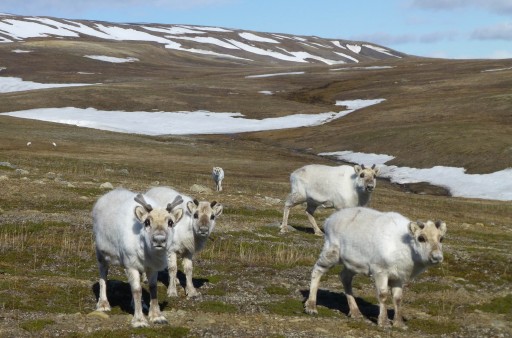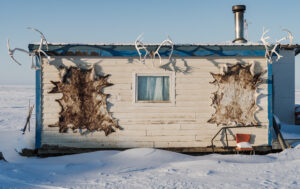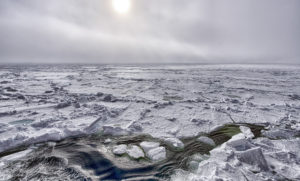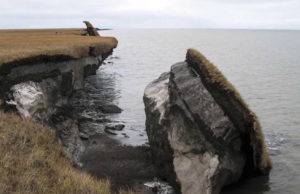Svalbard’s Reindeer Thrive as Climate Warms
Rising temperatures have many negative impacts in the Arctic region, but warmer winters have resulted in a remarkable 30 percent population increase for a subspecies of Norwegian reindeer.
By Alex Kirby, Climate News NetworkThis piece first appeared at Climate News Network.
LONDON — There will be winners as well as losers as climate change intensifies, and scientists say they have just found one species that is prospering already.
Far from threatening the reindeer on the Norwegian high Arctic archipelago of Svalbard, rising temperatures appear to be driving a remarkable increase in the animals’ numbers.
Scientists from the University of Manchester, UK, and the Arctic University of Norway in Tromsø have found that the numbers of Svalbard reindeer, continuing a trend that has been observed over the last 36 years, increased by 30% in the last year.
Physically counted
The scientists established the population spurt by counting the reindeer in the valley of Adventdalen, in central Spitsbergen. They say their research is one of only very few studies on animal populations and climate change that involves animals being physically counted annually, rather than estimated.
The total number of animals — including all births and all deaths — in Adventdalen has been recorded annually since 1979 by a team led by Dr Nicholas Tyler, of the Arctic University of Norway.
Svalbard’s reindeer population had increased in close parallel with winter warming in the last 35 years, growing from an average of around 600 animals in the early 1980s to around 1,000 today.
Dr Tyler said: “Winter warming is widely held to be a major threat to reindeer across the Arctic, but, in Svalbard, global warming has had the opposite effect. Our data provides remarkable confirmation of this counter-intuitive observation.”
This summer, a team from Manchester, led by Jonathan Codd and Nathan Thavarajah, helped with the annual census of reindeer in Adventdalen.
Dr Codd, the programme director for zoology at the university, said: “The results revealed a remarkably successful year for Svalbard reindeer. Despite very high numbers in 2013, the population increased by almost 30% and reached a new record of just over 1,300 animals ? more than three times the population size in 1979, when the present series of counts began.”
The team found very little winter mortality and very high calving. There were over 300 calves in the valley, the second highest number recorded.
Streets awash
“The substantial increase in the numbers of reindeer is linked with frequent and pronounced periods of warm weather last winter,” said Dr Codd. “In February, the temperature rose above freezing for six days, reaching a maximum of +4.2°C, and the streets of the Norwegian settlement at Longyearbyen were reported awash with melt water.”
Dr Codd told the Climate News Network: “We count the reindeer by walking the same set routes every day, and there is no possibility of any double counting.
“There are signs that Svalbard’s predators are in good shape. I think most of the polar bear populations are at least stable, and the Arctic foxes are doing pretty well too.
“But neither seems to be bothering the reindeer. The foxes will eat dead deer, but don’t attack live ones. And the main prey of the bears is seals.
“And the reindeer can move fast if they need to. I’ve heard reports that they have been known to reach a speed of 50 miles an hour (80 kph).”
Your support matters…Independent journalism is under threat and overshadowed by heavily funded mainstream media.
You can help level the playing field. Become a member.
Your tax-deductible contribution keeps us digging beneath the headlines to give you thought-provoking, investigative reporting and analysis that unearths what's really happening- without compromise.
Give today to support our courageous, independent journalists.






You need to be a supporter to comment.
There are currently no responses to this article.
Be the first to respond.